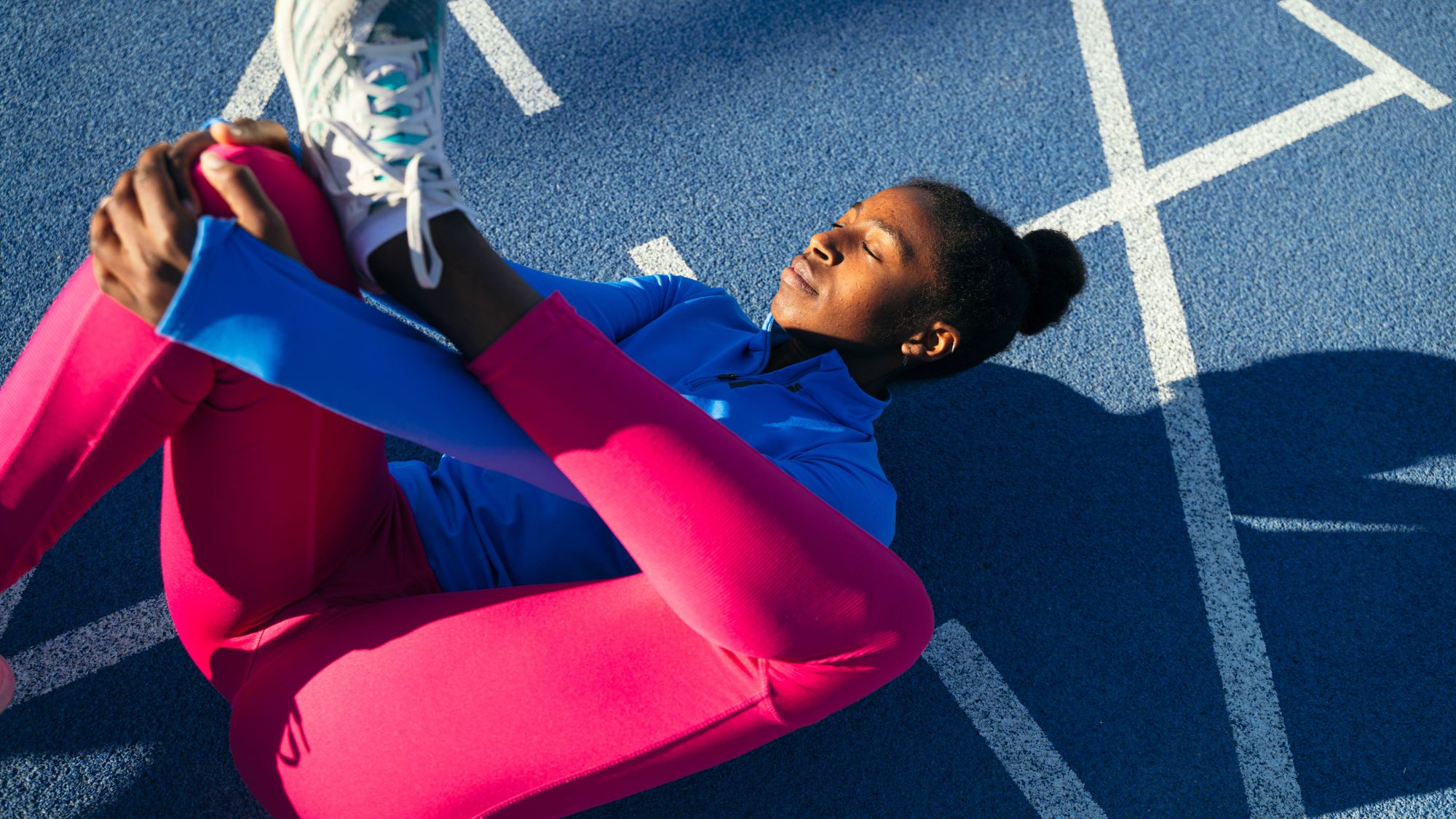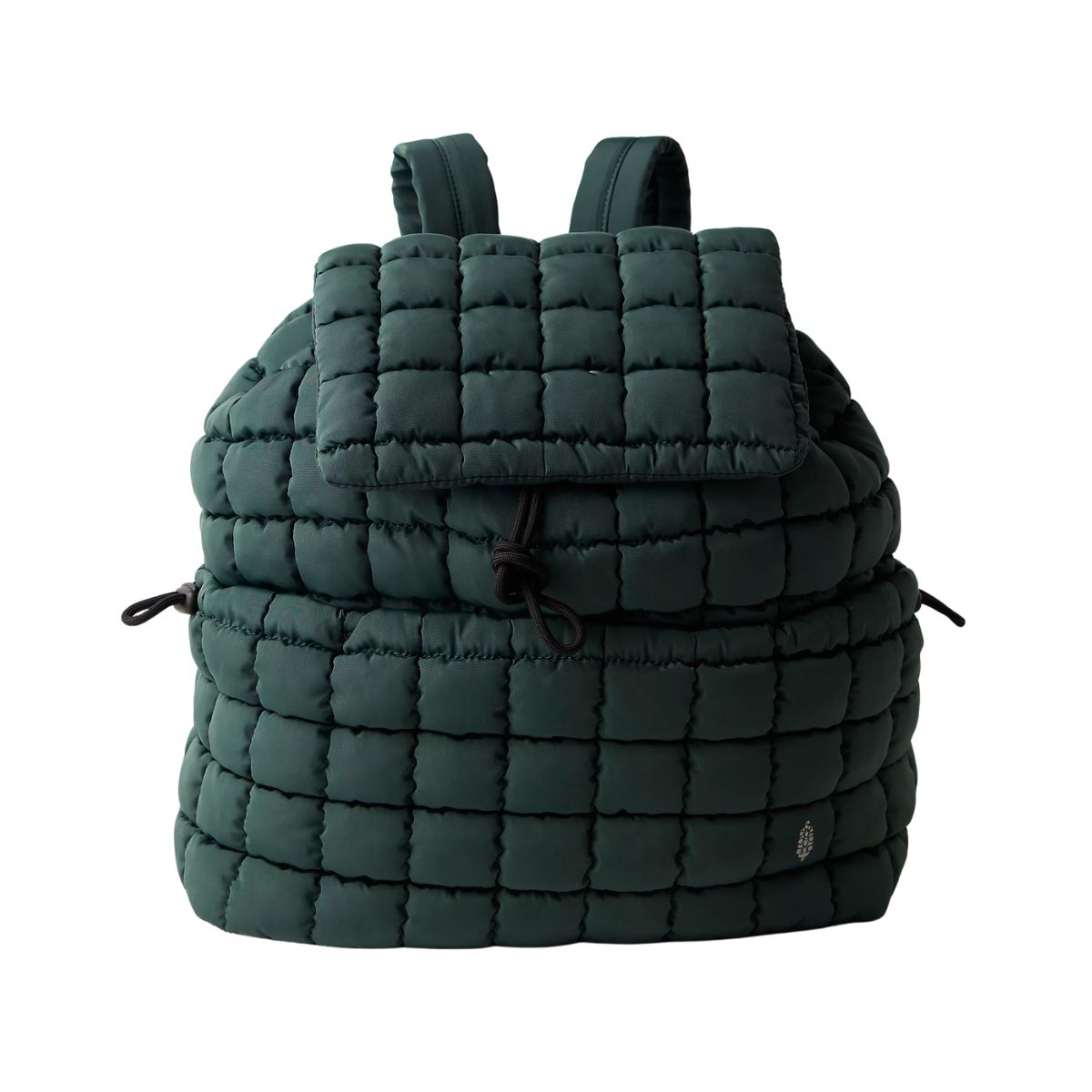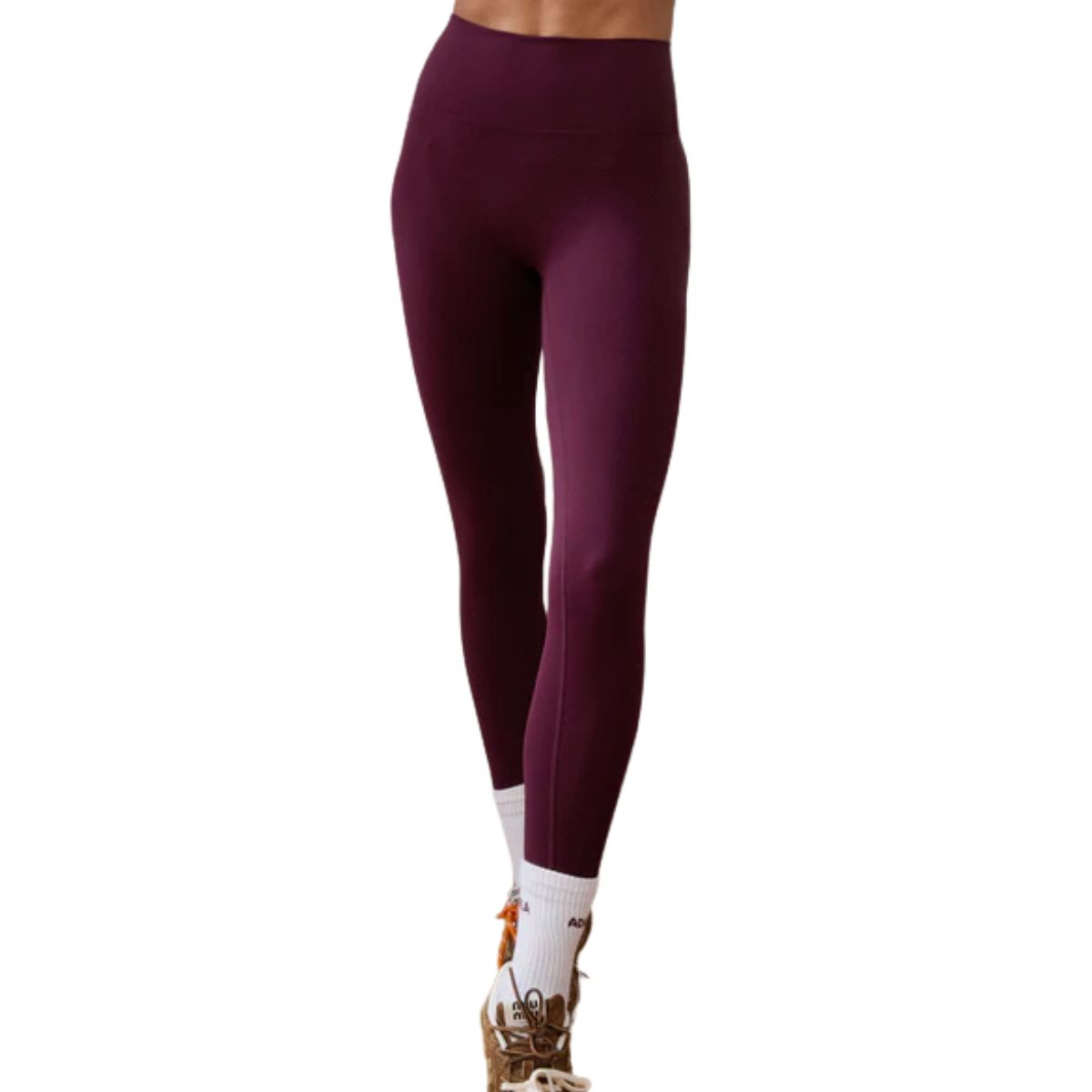Tech Neck Bothering You? 5 Expert-Approved Posture Exercises to Ease Pain and Improve Mobility
Counteract the screen-time scrunch.


You'd be hard pushed to find someone who's never had a neck twinge in their life. In this technological age, neck pain is pretty much unavoidable, largely thanks to so many of us spending up to nine hours a day hunched over our work screens, scrolling on our phones, or slouching on the sofa
While all of those things are totally fine to enjoy in moderation, it's clear that our increasingly screen-based lives aren't doing us - or, more importantly, our spines - any favours. Research, such as this study, published in the journal Acta Medica Academica, shows that neck pain is a leading global cause of disability. It's something that an estimated 70% of us will suffer with at some point in our lives.
Some studies have gone so far as to call it an epidemic, with the term "tech neck" being coined to summarise the effect that hours in front of screens have on our posture. "I increasingly see a common pattern of chronic symptoms in my clinic, often linked to prolonged use of screens and devices like phones and tablets," notes osteopath and author of Stronger: How to Build Strength, David Vaux. "Symptoms can include pain, stiffness and aching around the neck, scalp, shoulders and upper back, as well as tension head aches and altered sensation within the hands."
But all is not lost: it is possible to counteract the effects of screen use (to some extent, at least) with targeted exercises - studies (like this one, published in the South African Journal of Physiotherapy) confirm that physical exercise is effective in reducing pain.
With this in mind, we've asked top pros to reveal their favourite posture exercises we should all be regularly weaving into our routines - just don't leave it till your neck already hurts, ok? And for more on all things posture, do check out our guides to mobility training, the best mobility exercises, and the best stretching workouts, plus find out how one Health Writer got on when she tried a 7-day posture challenge, here.
Tech neck is incredibly common - 5 posture exercises to ease pain and improve mobility
What is tech neck?
Maths-phobes, brace yourselves: tech neck is all about geometry. Our heads are pretty heavy - around 5kgs - and they're balanced on the narrowest part of our bodies: the neck. Just seven vertebrae support the whole weight of our head - not a problem when we're in a neutral spine position, but changing the angle (by peering forward toward a screen, for example) increases this load.
"Our head weight increases the more we tilt it forward," explains Vaux. "Just a fifteen degree forward tilt places nearly 30 pounds of pressure on the neck, causing the muscles of our neck, scalp, shoulder girdle, upper back and spine to work harder and harder. Eventually, this constant work leads to the muscles weakening and becoming tighter, both of which will lead to chronic symptoms such as pain, stiffness and aching."
Celebrity news, beauty, fashion advice, and fascinating features, delivered straight to your inbox!
Over time, this can even cause a physical change to the anatomy. "In recent years, I have treated an increasing number of patients, particularly younger patients, with ‘tech neck’ - bad neck alignment and posture," shares consultant osteopath Mr Michael Fatica. "Specifically, in many cases this causes a complete elimination of the natural curve in the neck, which, in extreme cases, can lead to a ‘hunchback’ posture."
Put simply, we're not designed to be on screens, sitting down, or leaning forward all day, every day.
"We have not evolved to sit statically or with a tilted head for long periods of time," agrees Vaux. "In turn, our body will try to adapt by tightening its muscles and spreading the work to adjacent muscle groups. Initially, our outer muscles will tighten and weaken, with us then relying more on our smaller muscles nearer to the spine, which in turn then become exhausted, painful and shortened."
What are the symptoms of tech neck?
So, what are the signs of tech neck? “Often the first signs of tech neck are shoulder tension, chin jutting, and upper-back hunching,” says Catie Miller, founder of Barre Series.
But the symptoms aren't limited to the neck and upper back alone. " The neck position and the lower back are intricately linked," cautions Mr Fatica. "Prolonged poor posture prolonged poor posture causes extreme and persistent stress and inflammation on the spine and neck, which can make problems like sciatica and slipped discs more tricky to recover from."
Not only this, though: excessive screen time tends to go hand-in-hand with a sedentary lifestyle, too. "Fundamentally, this sedentary lifestyle reduces the mobility of our lower body, the hips, knees and ankles, and also reduces the strength of the core lower back and lower limb muscles," continues Mr Fatica. "This makes us more vulnerable to injury. When we get injured, either through one-off severe trauma or, as is much more common, the successive, repetitive micro-injury, our body is so poorly conditioned that the weaknesses and poor functioning of our body act as a barrier to effective recovery.”
5 best posture exercises to improve mobility and ease pain
However, all is not lost. “When neck and back symptoms show up, it’s time to pause, reconnect with the breath, and activate the deep core," says Miller. "One mindful moment can completely shift your posture - and over time, your body.”
Here are the experts' favourite moves to combat tech neck.
1. Cat-cow
What? A classic yoga and Pilates move, the cat-cow involves alternating between rounding and flexing the spine in an all fours position.
Why? "Mobilising the shoulders and neck with common yoga moves such as the Cat-Cow is highly effective," notes Vaux. Try co-ordinating it with the breath (inhale to drop and flex, exhale to roun) for a deeper mind-muscle connection.
How long for? As long as you like, but aim for between five and 10 repititions.
2. Standing Roll Downs with Chin Tuck
What? Beginning in parallel stance, tuck your chin gently, articulating down through the spine. Bend knees slightly at the base, then slowly roll back up, stacking one vertebra at a time.
Why? "Roll downs focus on spinal alignment, postural activation, and deep core support," says Miller. "Exercises like chin tucks help undo forward-head posture and restore balance."
How long for? Perform two to three reps.
3. Shoulder Blade Glides
What? Extend the arms out to the side at shoulder height. Inhale, glide shoulders up to ears. Exhale, draw them down and slightly together. This can also be done up against a wall, as shown beliw.
Why? "This activates the mid-back muscles and releases upper trap tension," shares Miller.
How long for? Eight reps.
4. Arm Circles with Postural Lift
What? Stand tall in parallel, arms extended in front at shoulder height. Draw small, controlled circles forward, then reverse. Keep shoulders down, neck long, and core lightly engaged.
Why? Moves such as this bring movement and therefore mobility and flexibility into the areas that can become stiff and tight (shoulders and base of neck).
How long for? 10 reps in each direction.
5. Plank Prep with Scapular Engagement
What? Come to a modified plank on forearms or hands. Protract and retract the shoulder blades slowly (shoulder blade push-ups), keeping the neck long and core lifted.
Why? "This move is great for teaching stability without neck strain," advises Miller.
How long for? Repeat for 30 seconds.
Shop MC UK's go-to mobility must-haves now:

Remember your mum begging you to carry a sensible school bag? Turns out she was on to something - spreading the load across your whole back rather than on one shoulder really is better for your back. Do it in style with this quilted rucksack from Free People Movement.
What else can I do to avoid tech neck?
So, you're tied to your laptop all day? We hear you, but there's still (physical) work to be done.
"With screen time nearly unavoidable, it’s important to have posture check-ins throughout the day," says Miller. "This is especially vital while seated at desks or using digital devices. I encourage setting a timer every 30 to 45 minutes as a reminder to reset alignment: sit tall, engage the core, drop the shoulders, tuck the chin slightly, and imagine a string gently lifting from the crown of the head.
"These micro-adjustments, combined with daily intentional movement, can have a powerful cumulative effect on how we feel and function."

Anna Bartter is a freelance journalist who writes about health, fitness and women's lifestyle for publications including Stylist, Metro and Psychologies, among others.
She's always on a quest to find a variety of fun and functional workouts that give you the most bang for your workout buck and she's passionate about championing movement for everyone's mental and physical wellbeing.





